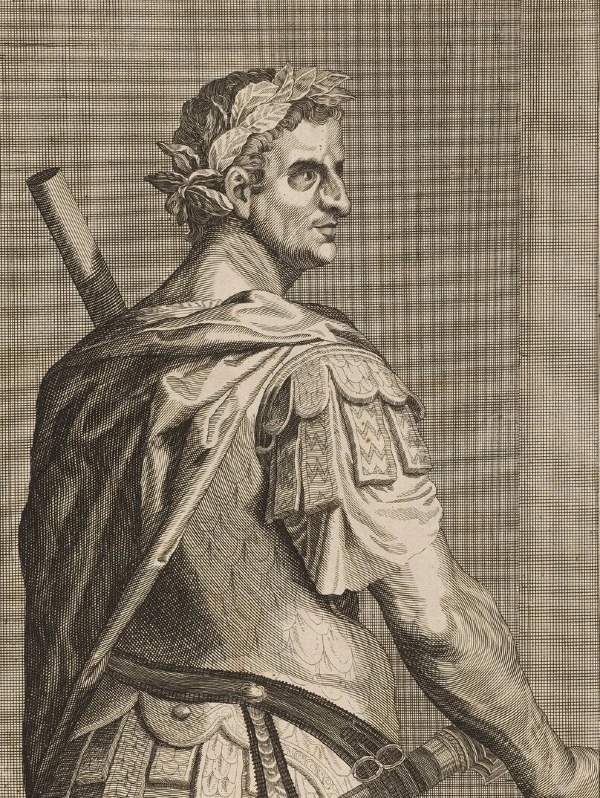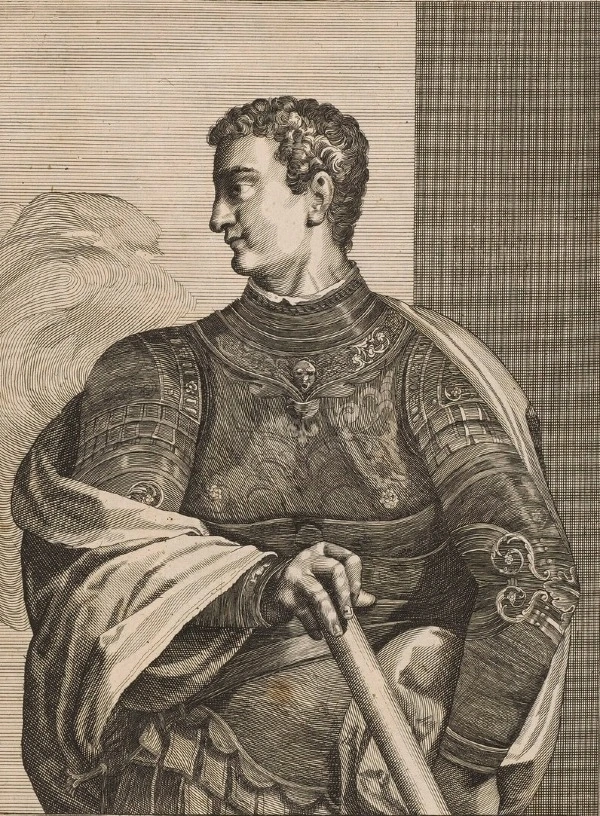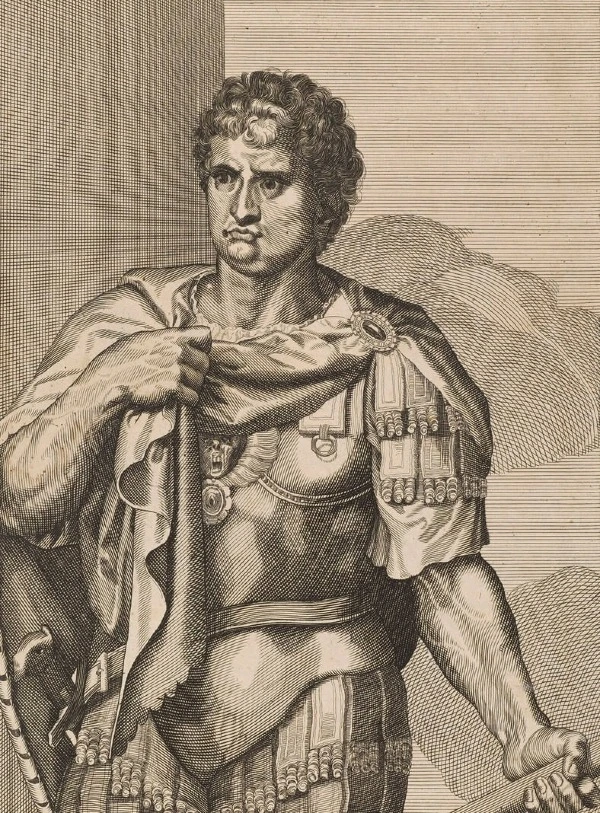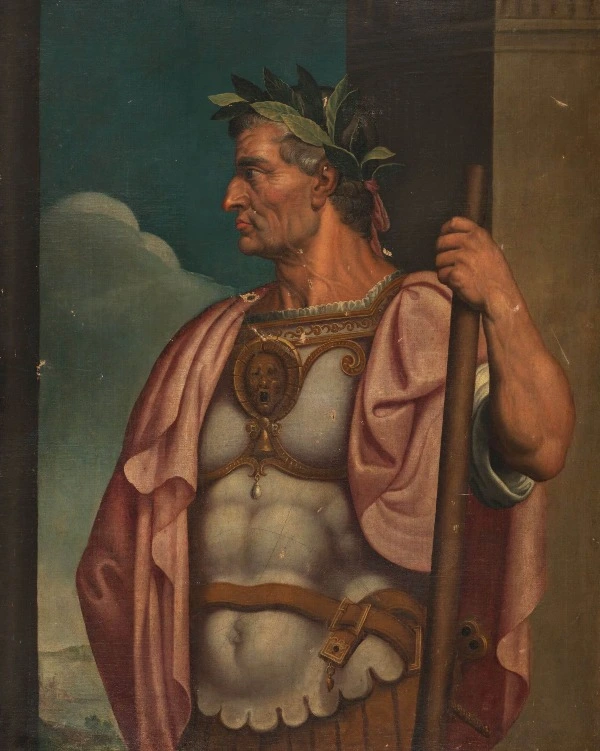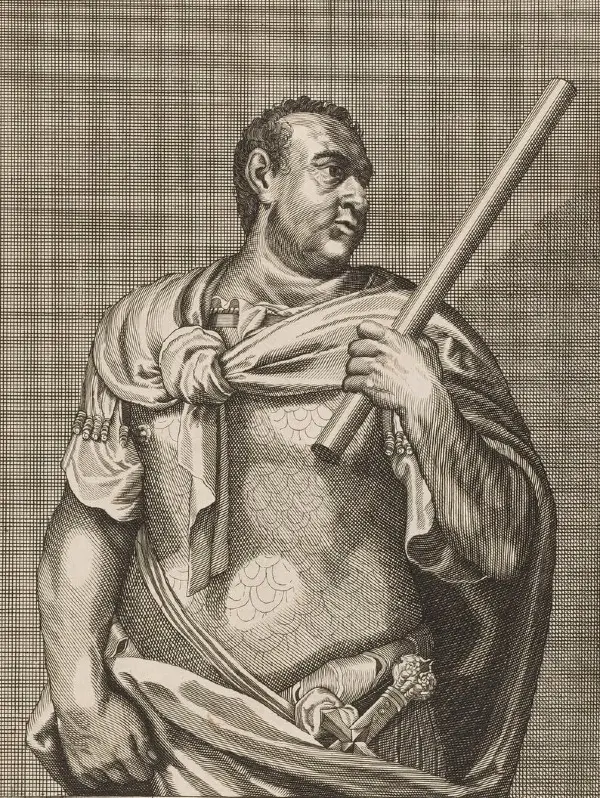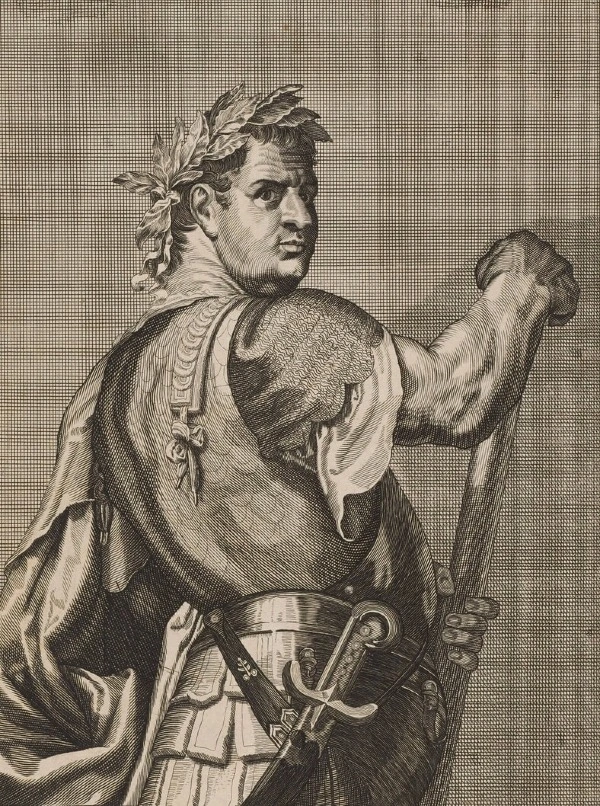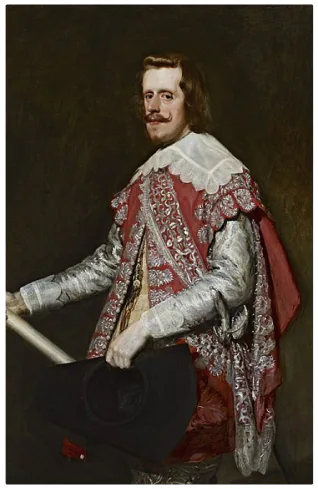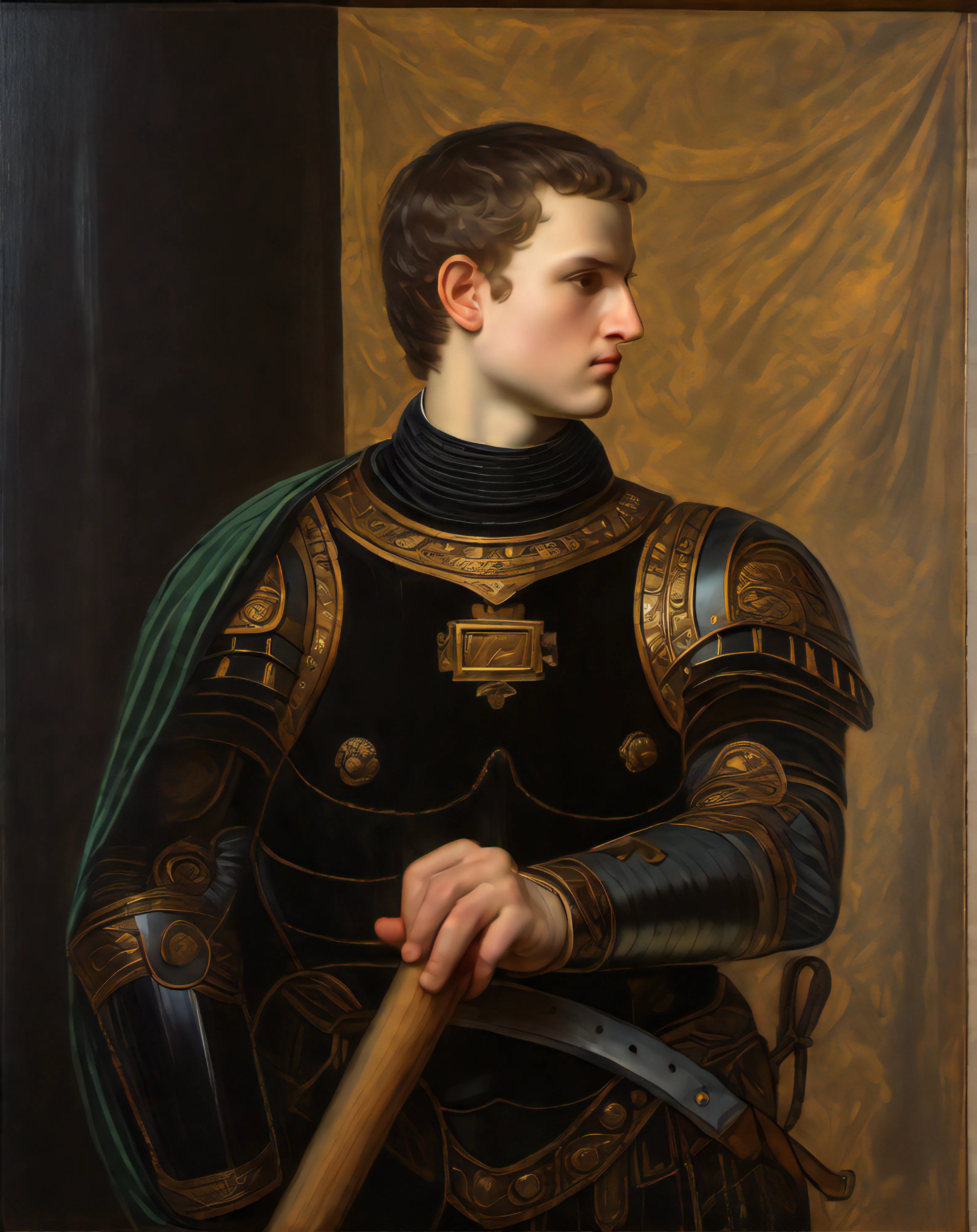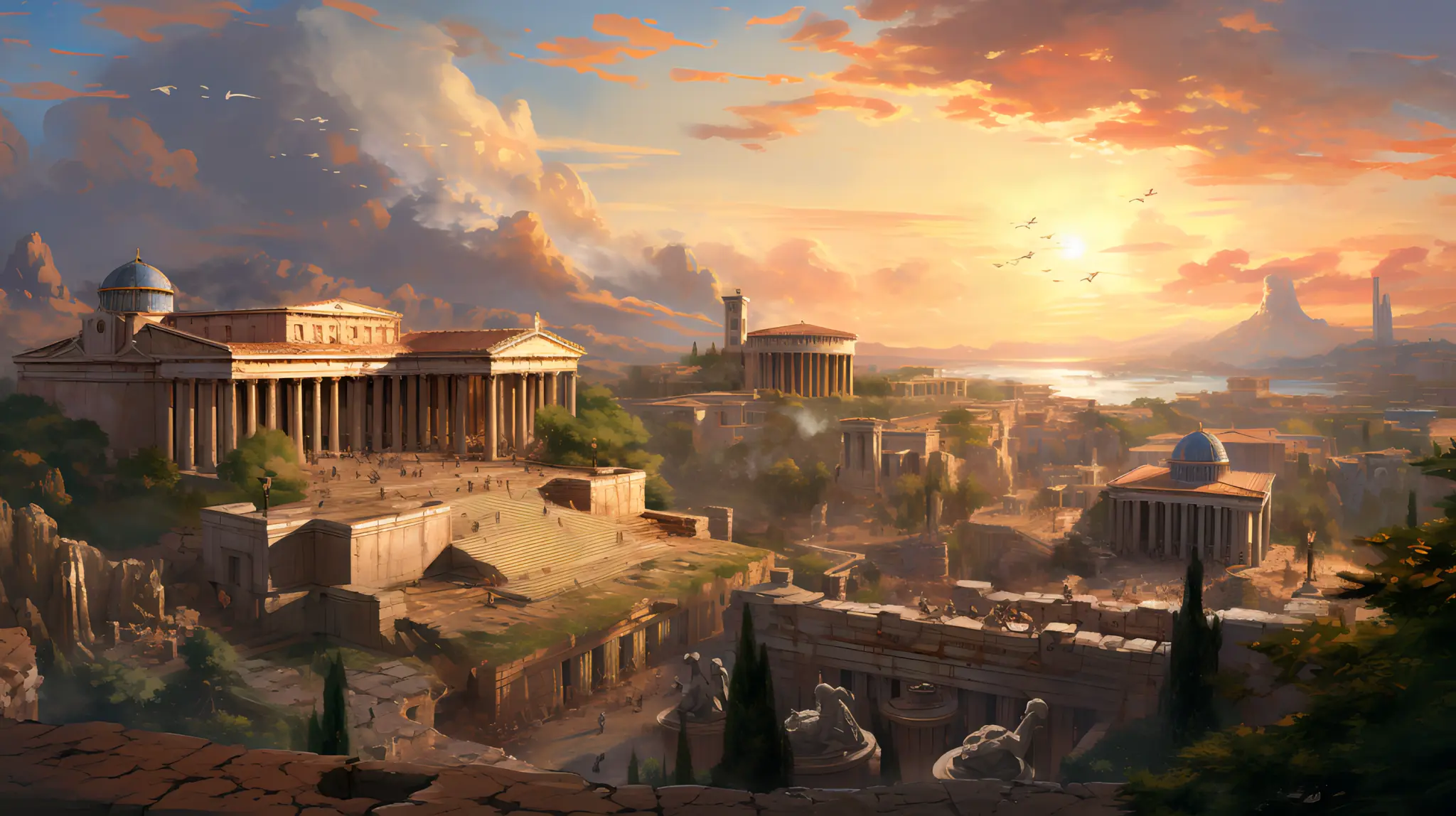
“AI-renaissance of renaissance”

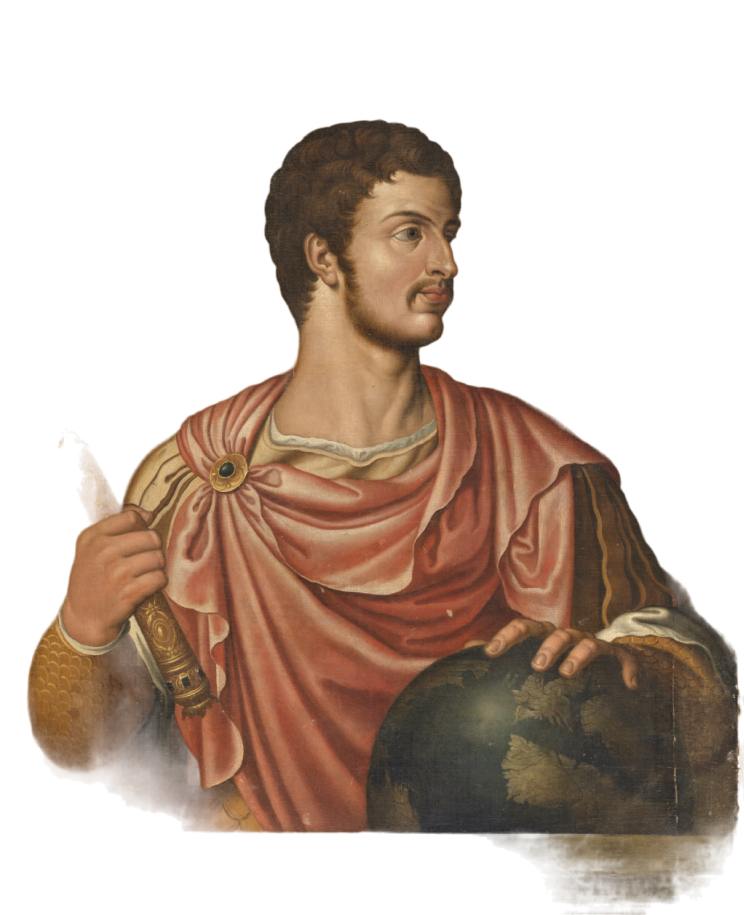
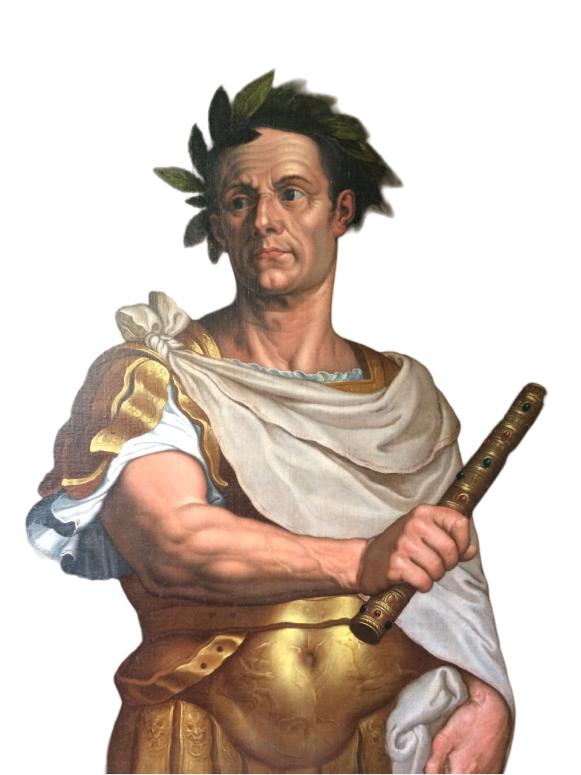
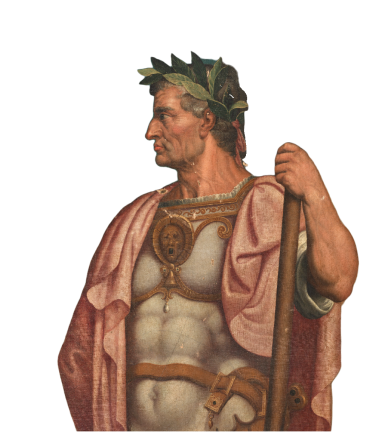
twelve Caesars
Tiziano Vecelli or Vecellio
known as titian
Titian, also known as Tiziano Vecellio, was an Italian
Renaissance painter and the greatest Venetian artist of the
sixteenth century. He was born in Pieve di Cadore, near Belluno,
and was recognized early in his lifetime as a supremely talented
painter.
Titian contributed to all major areas of
Renaissance art, including altarpieces, portraits, mythologies,
and pastoral landscapes with figures. He was the finest portrait
painter of the Renaissance, and his clients included popes,
kings, diplomats, lawyers, intellectuals, and military men.
His
influence on painting style continued well beyond his lifetime.

In 1536-1540
titian draw 11 paintings of roman emperors
Inspired by “The Twelve Caesars” manuscript dating 1477 years
Creating
a series of eleven painted half-length portraits, which are
recognised among his best-known works
which later was
completed with the last portrait drawn by Bernardino Campi

AI Renaissance
AI Renaissance
We harness the power of generative AI to push the boundaries of art restoration and recreation.Our innovative approach combines rigorous research, advanced algorithms, and machine learning.
By establishing an iterative collaboration
approach between art history experts and machine learning
engineers, we can now give a second life to hundreds of
paintings that were tragically lost in history.
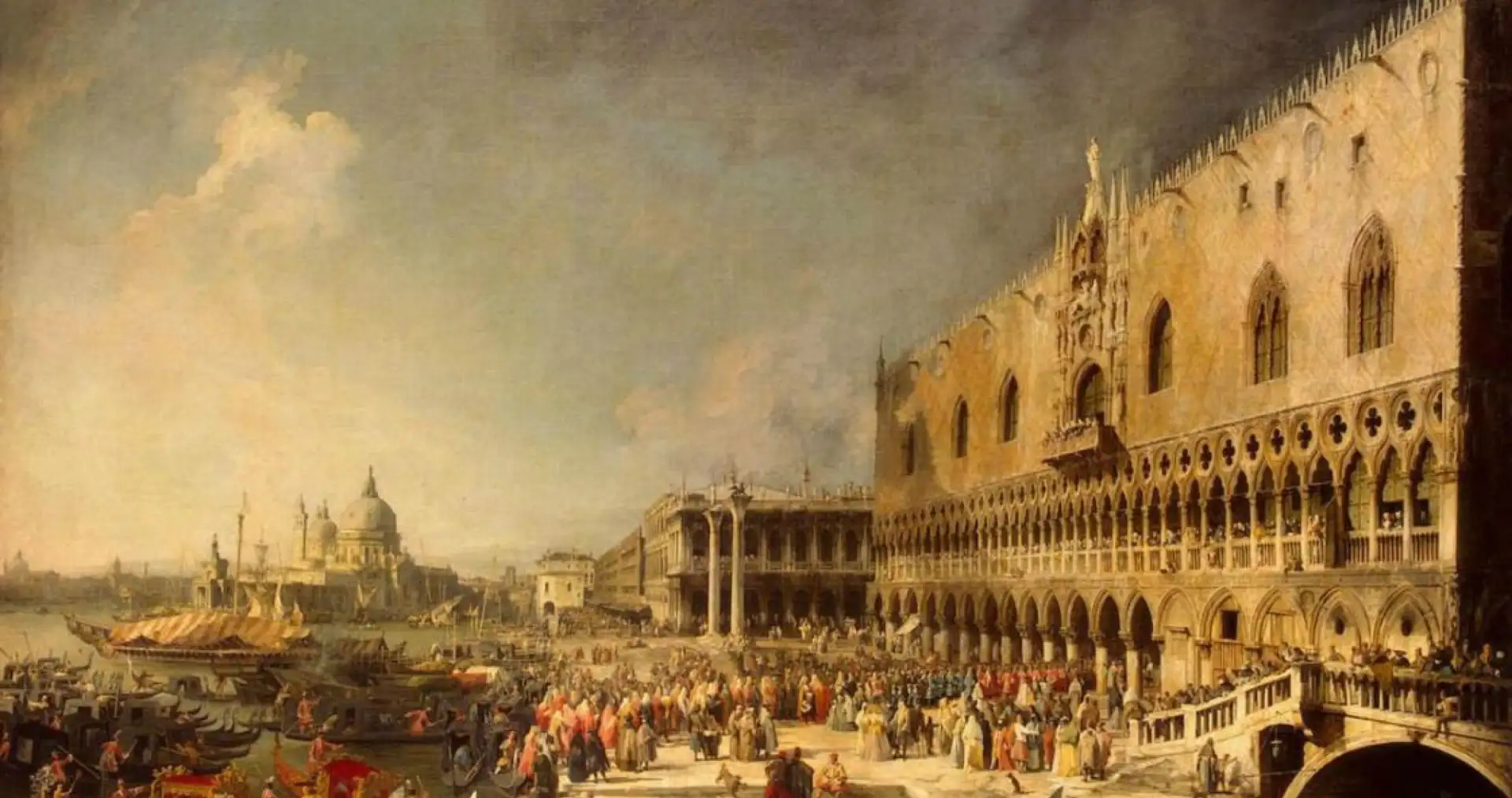
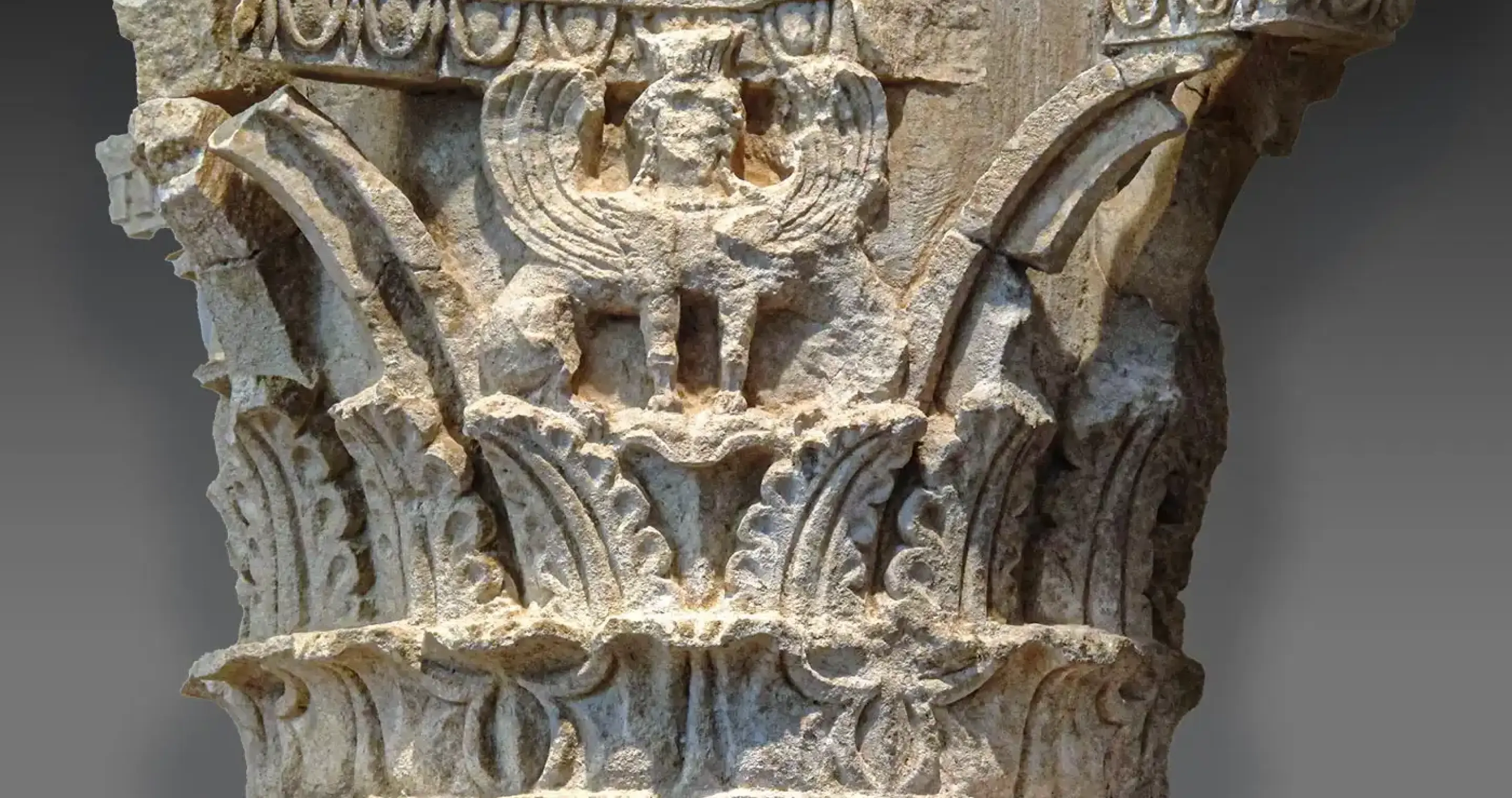

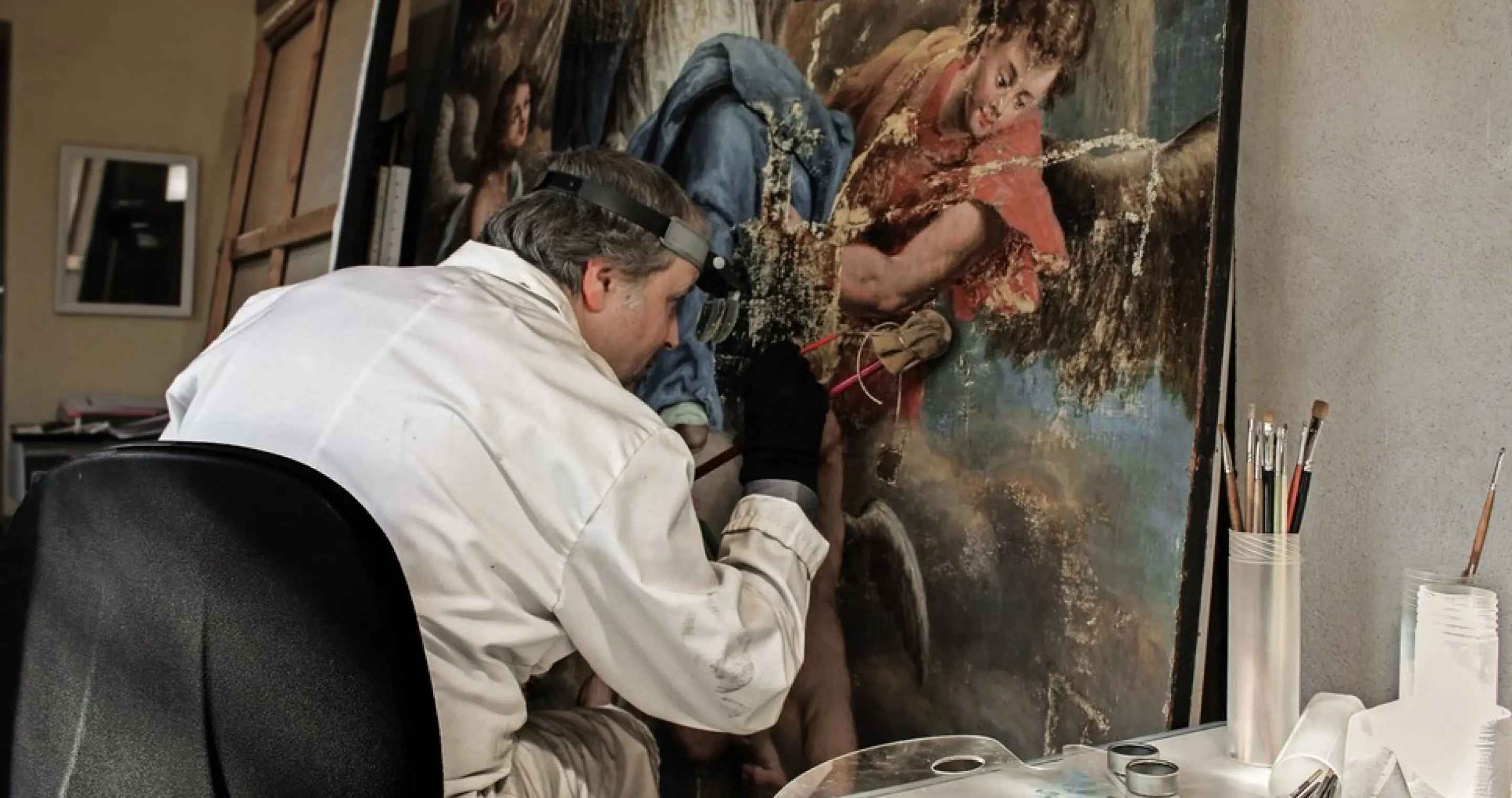
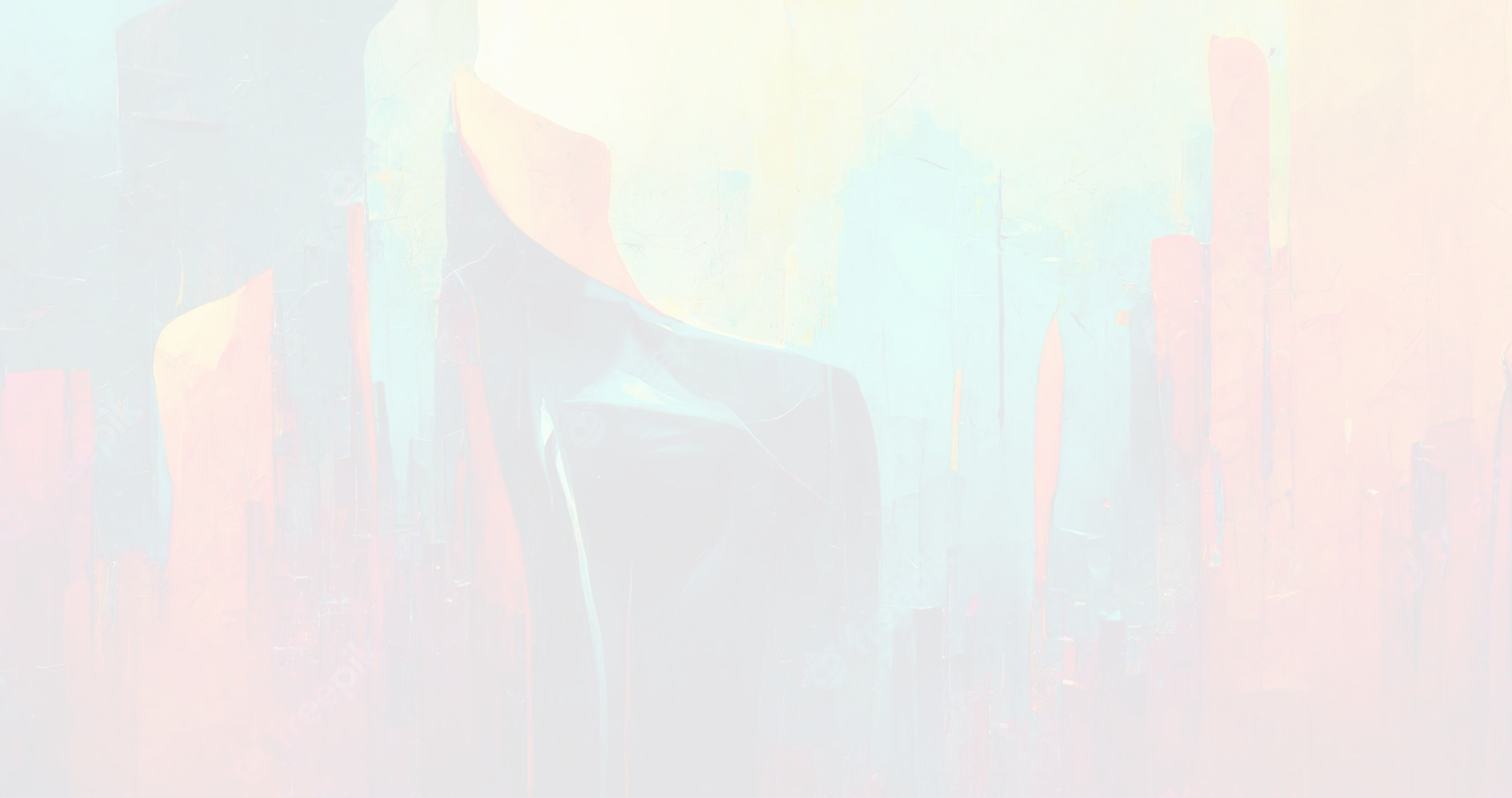
in 1734
A FIRE BROKE OUT AT THE ROYAL ALCÁZAR OF MADRID
and the paintings were destroyed in a catastrophic fire
The future is now
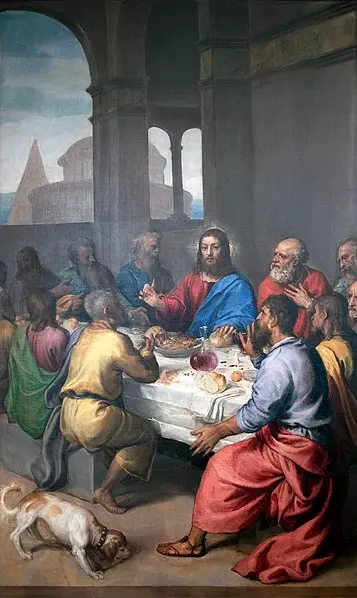
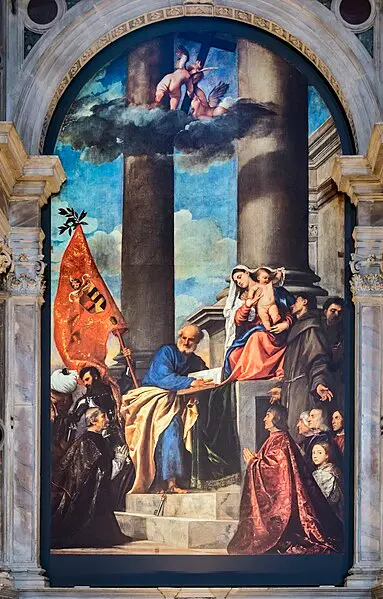

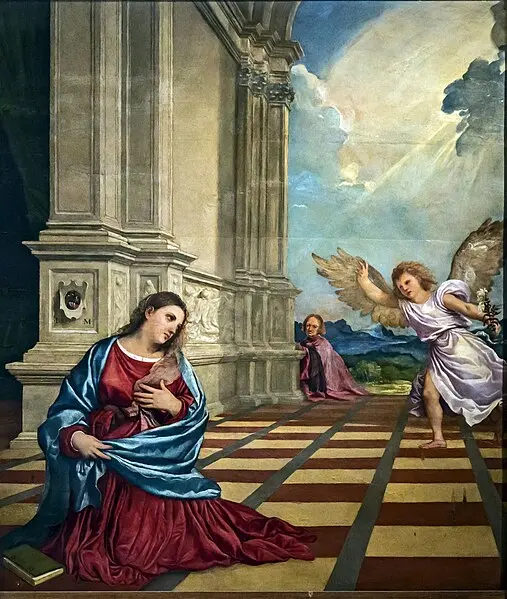
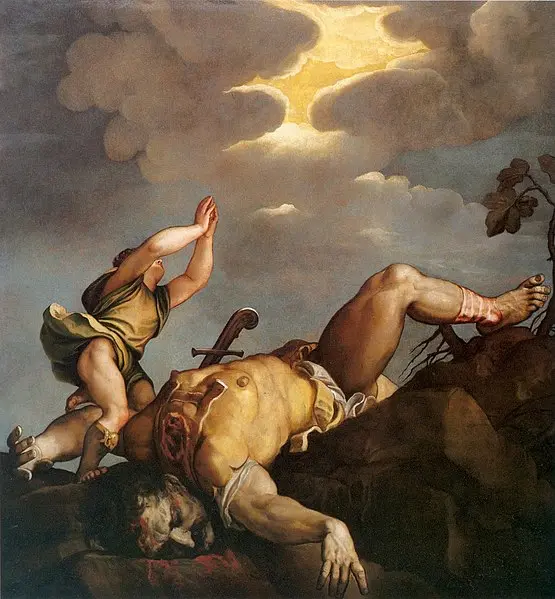
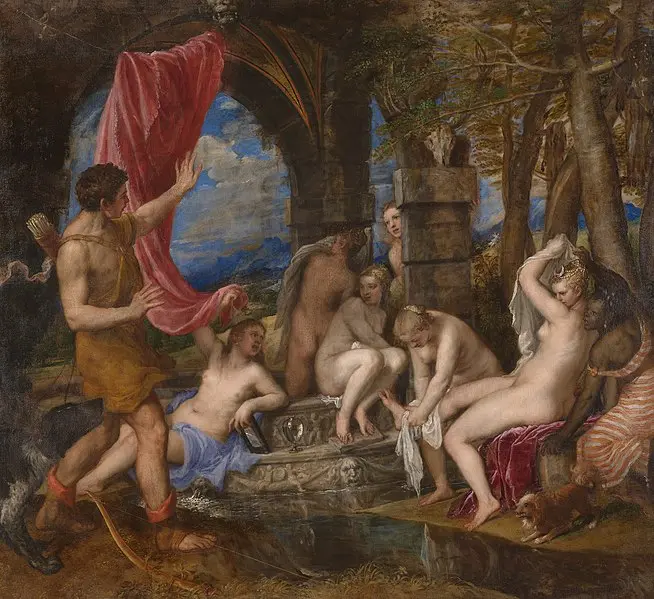
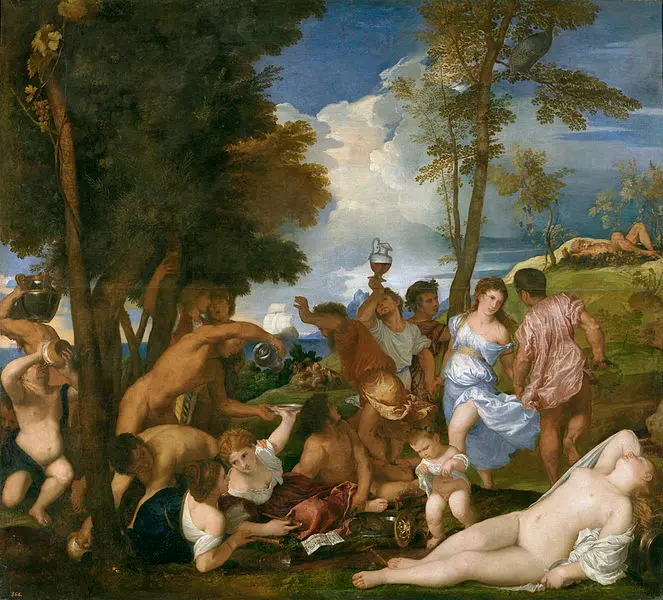
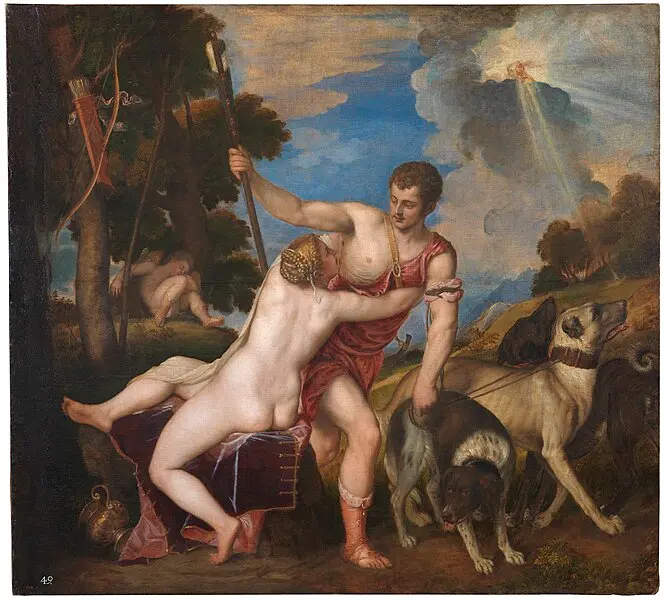
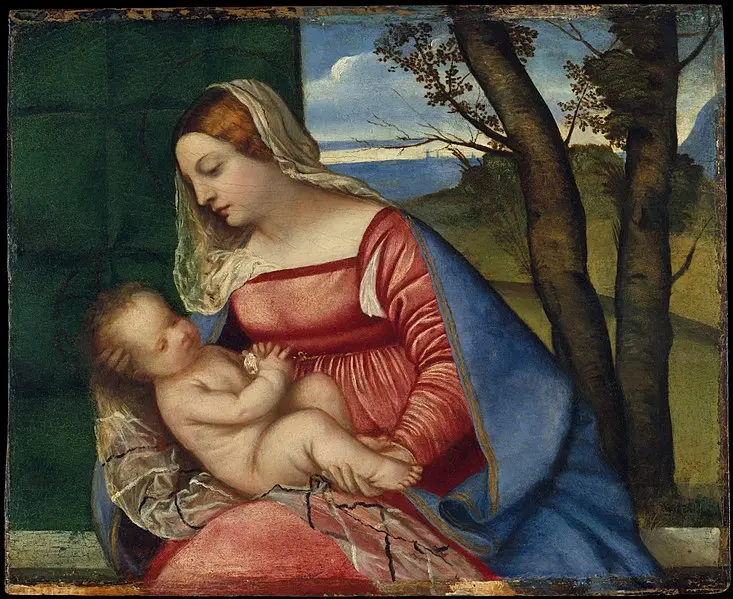


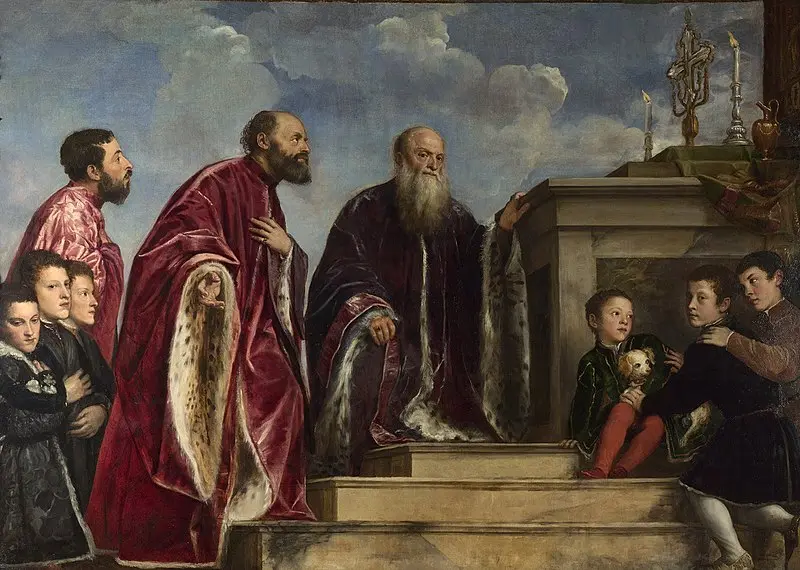
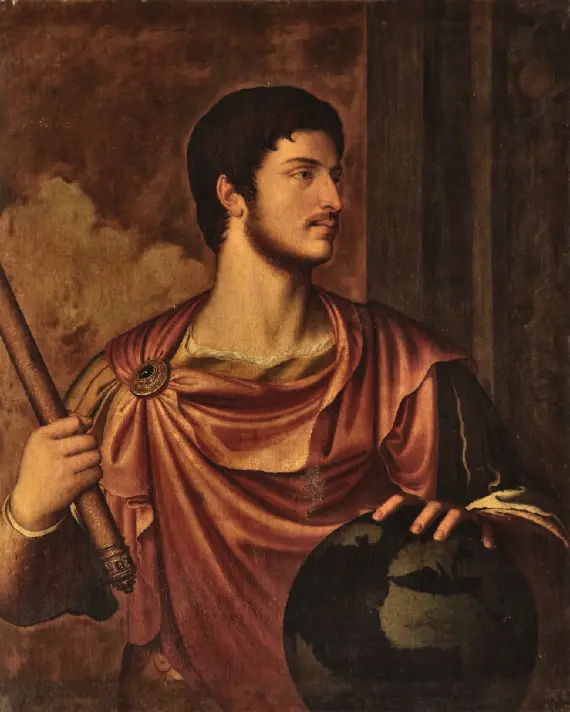
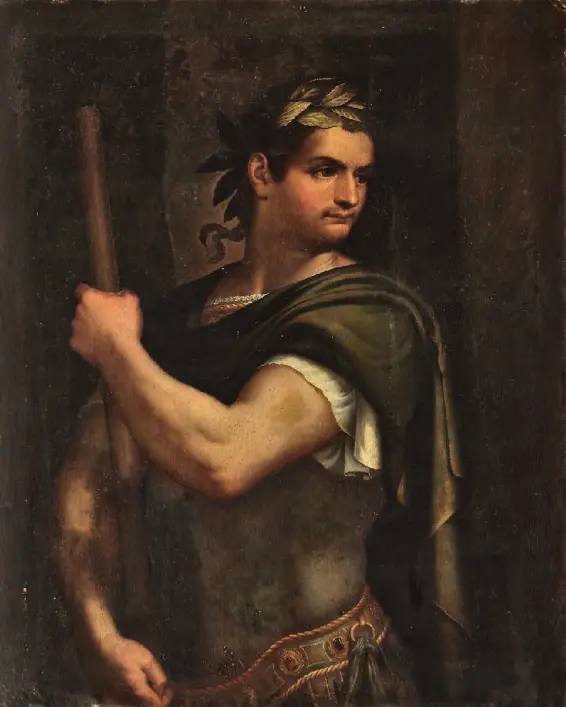

Corpus Building and Data Collection
We begin by curating a comprehensive corpus of survived
paintings and documents.
This involves extensive
research and gathering of paintings, letters, historical
documents, and any available textual/image material attributed
to the 12 Caesars portraits we aim to recreate.
Custom AI Model Training
The collected corpus serves as the foundation for training our
generative AI model.
By repeatedly training our
model on vast datasets of authenticated artworks, we enable it
to learn and recognize the intricate details and patterns that
define an artist’s unique style.
attention to details
By incorporating key features and details from survived engravings by several authors, we have been able to capture even more of the essence of Renaissance art, making our AI-generated works some of the most authentic available
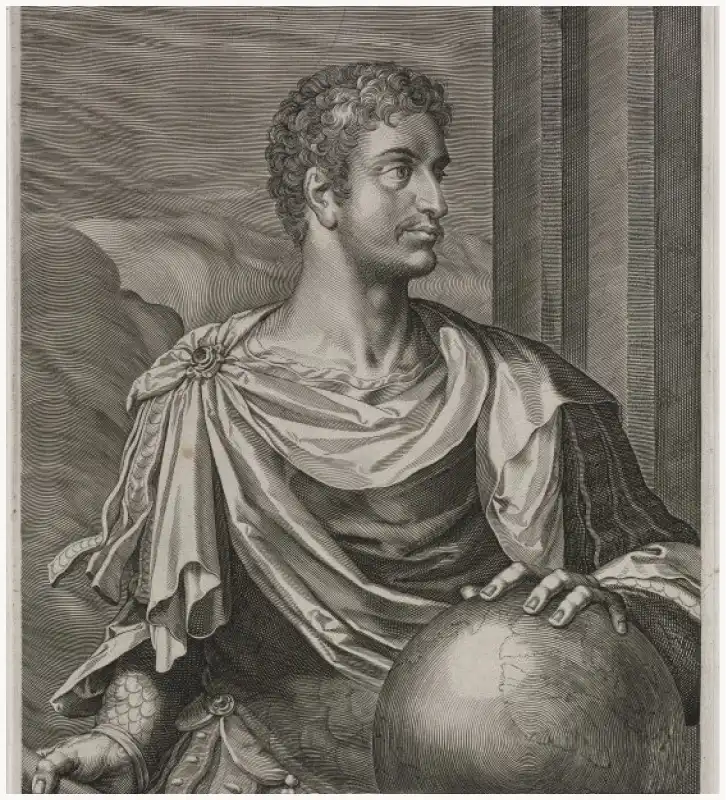


attention to details
By incorporating key features and details from survived engravings by several authors, we have been able to capture even more of the essence of Renaissance art, making our AI-generated works some of the most authentic available
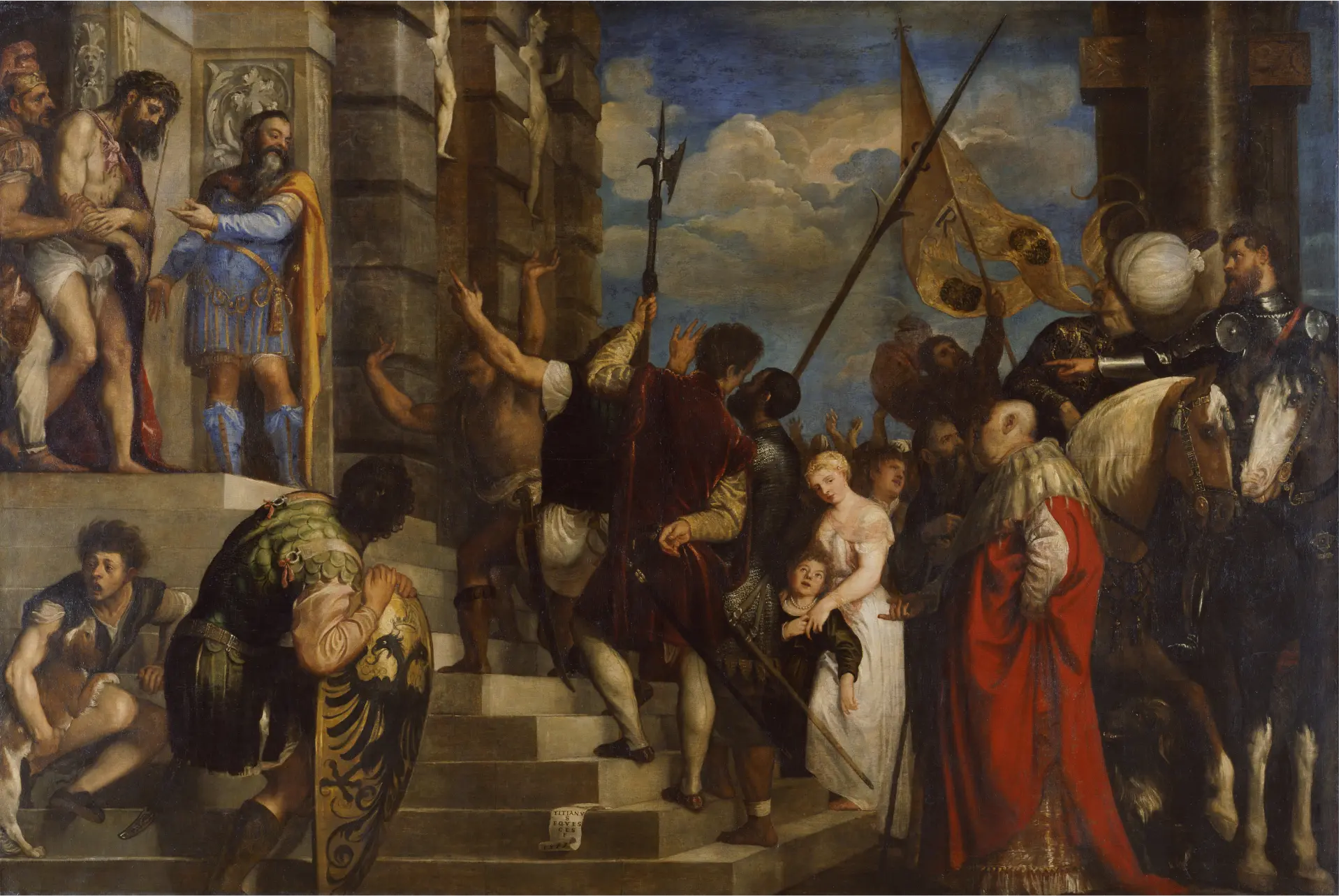
Collaboration with Art Experts
Throughout the entire process, we maintain a close collaboration with art experts and historians specializing in the Renaissance period.

Their expertise and domain knowledge provide valuable insights and ensure that the AI model’s outputs align with the historical and artistic context.
Artistic Language and Strokes Analysis
We analyze the artistic language and strokes employed by
Renaissance artists in their paintings.
This
involves exploring their distinctive painting style, the use
of colors, the portrayal of visual elements, and any unique
style that features reflect of their artistic mindset and
approach.
Iterative Refinement
Our AI model goes through an iterative refinement process,
wherein we continuously evaluate its outputs against
authenticated writings and known artistic techniques.
We
fine-tune the model's parameters and update its training data
based on feedback from art experts and connoisseurs, allowing
us to achieve a higher level of accuracy and authenticity with
each iteration.
Which results in
Throughout the style matching process, we maintain a commitment to historical accuracy and artistic integrity. Our goal is to recreate the lost paintings in a way that honors the original artists' vision and technique. By leveraging comparative analysis and style matching, we strive to bridge the gap between the lost paintings and the authenticated works, providing viewers with a truly immersive and authentic experience of the Renaissance artistic heritage.

Timeless Art, Reimagined by AI
Lost Masters
Subscribe for updates
Stay in the loop with our latest recreations and art revivals. Subscribe to receive exclusive updates, bringing the timeless beauty of the LostMasters right to your inbox.






